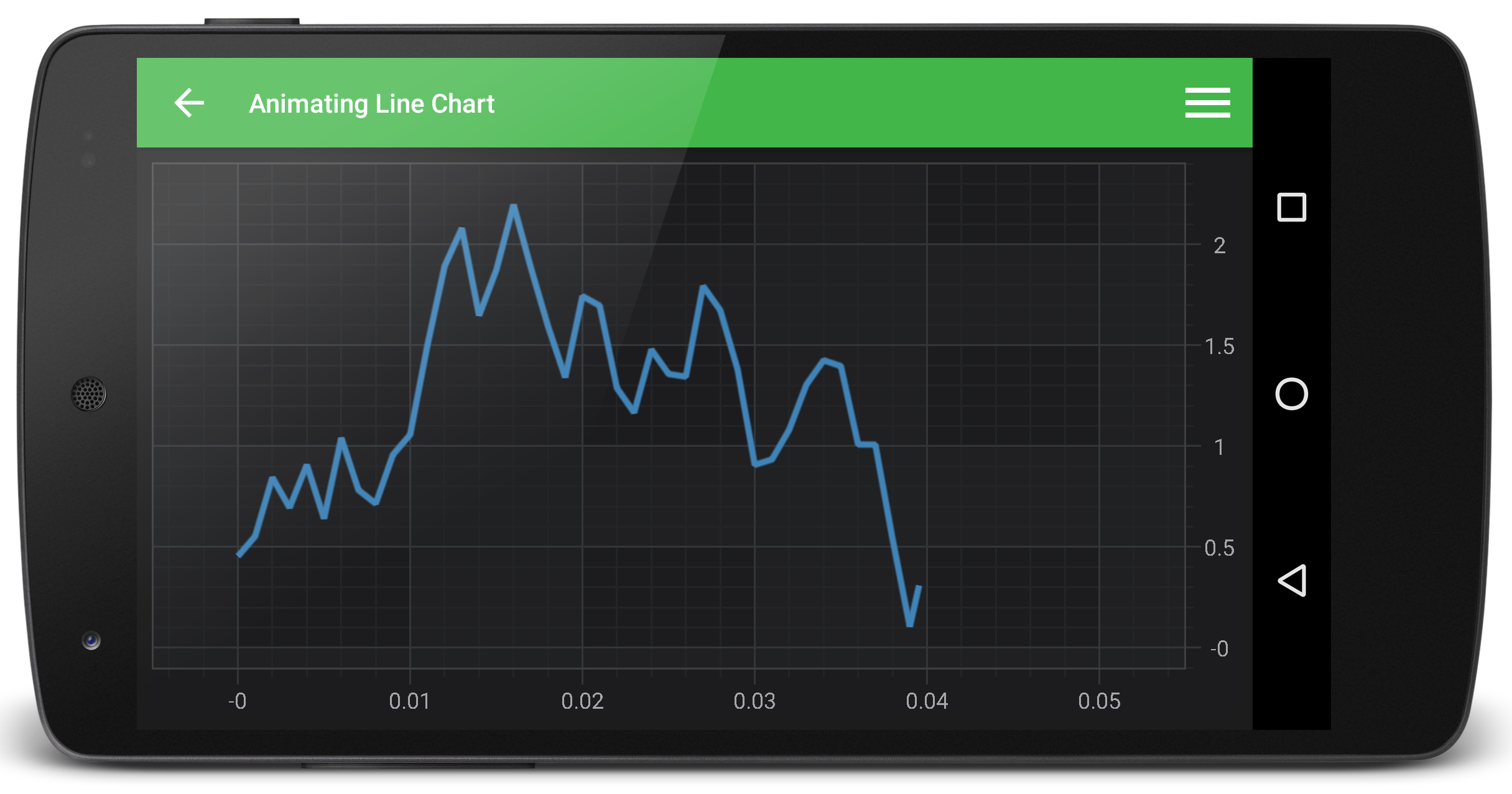

To their final actual positions, all you need to do is:įusionCharts, at run-time, will automatically calculate So, if you need to animate your div lines' Y Position of the canvas, and it assumes a value at run-time only. Is because the canvas start position is dynamically calculated at run-timeĪnd it depends on a lot of factors like captions, sub captions, chartĪre pre-defined variables which assume values at run time. Top to their respective final position, you'll need to experiment with For example, if you want to animate the y Position for the animation as the start/center/end position of Often, you might want to specify the start x/y The end position again will be decided by FusionCharts. Lines Y position for a chart, whose height is 500 pixels, fromīottom to the respective final position, you'll need to set start positionĪs 500. Similarly, if you want to animate the div But since you do not know the end position of individualĭiv line, it's automatically set by FusionCharts. To their final position (which is within the canvas), you need to set On the chart object and animation parameter. The end value is decided by FusionCharts based You always need to set a start valueįor any animation style. In our above example, where we were scaling the canvasįrom 0 to 100, we had set the start value of animation to 0, as we want

Setting the start position of animation object Given chart to get the list of supporter animation parameters for each Please refer to the Chart Specification Sheet for the We reiterate that not all chart objects support all theĪbove properties. As earlierĭiscussed, it can take one of the following values, depending on the chart Specifies the property of chart object, which is to be animated. Let's move on to the attributes in details now.
#Anychart animate speed full
If you run the above code against a single series axisĬhart, you'll see that the canvas scales up from 0 size to full size,īefore the data is animated and rendered. To apply this animation style to canvas, the following code We also specify the durationĪs 1 for the animation sequence. Scales are always from 0-100 in FusionCharts). Value as 0, we want the canvas to scale up from 0 to 100 (remember that Their param (animation parameter) as _xscale In the above code, we name the two styles as Need to define two animation styles and then apply them to Canvas object. Scaling up involves simultaneous increment of both To do so, we first need to define our custom style. So that it scales up after the chart is loaded. "elastic", "bounce", "regular", "strong" or "none".īefore getting to detailed explanations, let's quicklyĬruise through a quick animation sample. In alpha effect, the start value of alpha Value of animation e.g., if you're animating the data plot for fade Property of chart object which you want to animate e.g., _x, For example, youĪnimation Style Type exposes to help us control the functionalities: In sequence can also be applied to any chart object. Multiple animations in combination or multiple animations Parameters for each chart object is given in the Chart Specification sheet For example, text fields cannot be x-scaledĪpply to them. You animate the pies and doughnuts in circular motionĬhart objects. (horizontal scale) of the given chart object This property, you can animate the x-scale The animation style type helps you animate the following properties of chart objects: Of chart objects that we can animate using Animation

Before we get to the parameters supportedīy the animation style type, let's quickly glance through the properties Properties that can be set through Animation You can define custom animations and apply them to variousĮach chart object has a list of supported animation Style Type, you can virtually animate each and every object on However, FusionCharts v3 does not limit your imaginations just there. By default, FusionChartsīars, lines etc.). One of the best things about FusionCharts is the animatedĬharting sequences that users get to relish. I believe that the problem is that singleInstance doesn't let the callee activity to exist in the same task as the caller, hence it can't return the value to the caller.FusionCharts v3 Documentation Animation Style Type Parameters And if I change the launch mode in my manifest file to any other mode it works fine.Ĭan you explain why this callback is not working? But because of singleInstance, the onActivityResult() callback does not fire. I have an Activity which is basically my main activity and its launch mode is single instance.


 0 kommentar(er)
0 kommentar(er)
